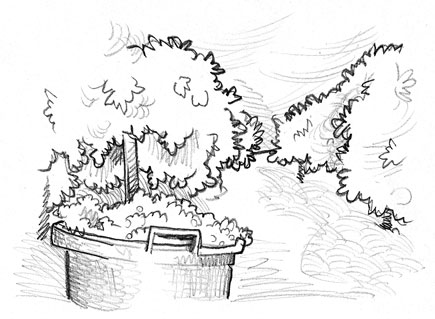Vendita di Vino, Spumante e Grappa online
PROSECCO TYPES
The Prosecco types are essentially three: SPARKLING (Spumante), SEMI-SPARKILING (Frizzante) and STILL VERSION (Tranquillo), depending on the perlage. Anyway, Prosecco is immediately recognizable thanks to its pale straw colour, its distinctive fruity and floral nose and its freshness.
For the production of Prosecco DOC and DOCG is using a particular grape named Glera, which has hazel-coloured shoots and fairly large, elongated, loosely-packed bunches and handsome golden yellow berries. In 2009, in order to protect the origin of Prosecco and prevent the counterfeit, the Glera became synonymous of Prosecco grapes and the Prosecco produced in the Conegliano Valdobbiadene zone became D.O.C.G. wine (Wine of Controlled and Guaranteed Origin).
The wine is produced from a minimum of 85% of grapes of the Glera variety and a maximum of 15% of Verdiso, Bianchetta, Perera, Glera Lunga grapes, Chardonnay and Pinot.
PROSECCO DOC
The Prosecco is a wine with Controlled Designation of Origin status (D.M. 17 luglio 2009). The Prosecco DOC production area is located in northeast Italy, more precisely in the territories of 5 Veneto provinces (Treviso, Venice, Vicenza, Padua, Belluno) and 4 provinces in Friuli Venezia Giulia (Gorizia, Pordenone, Trieste and Udine), one of the most stunning areas in the Italian peninsula. The grapevine is cultivate in an area characterize by particular climate conditions: a mild climate, the necessary rainfall which helps the vines grow properly and an alluvial soil with an abundance of minerals and microelements. The Prosecco DOC, depending on production area, can be divide in:
PROSECCO SUPERIORE DOCG OF CONEGLIANO VALDOBBIADENE
The Prosecco DOC is cultivated and produced in the 15 municipalities in the hills between Conegliano and Valdobbiadene. In 2009 Conegliano Valdobbiadene Prosecco Superiore obtained the “G” that stands for Guaranteed quality in every single bottle. Grapes grown between 50 and 500 meters above sea level, on the south-facing slopes of a strip of hills. The disciplinary of DOCG provide: The territory as guarantee of Superiority: the name “Conegliano Valdobbiadene”, which can be used on the label on its own i vini riportano sull'etichetta il nome della Denominazione “Conegliano Valdobbiadene”.
PROSECCO DOCG OF VALDOBBIADENE SUPERIORE OF CARTIZZE
The production area of Cartizze comprises a small area of 107 hectares of vines in the steepest hills of San Pietro di Barbozza, Santo Stefano and Saccol, in Valdobbiadene district. Cartizze territory has four main characteristics:
L |

|




